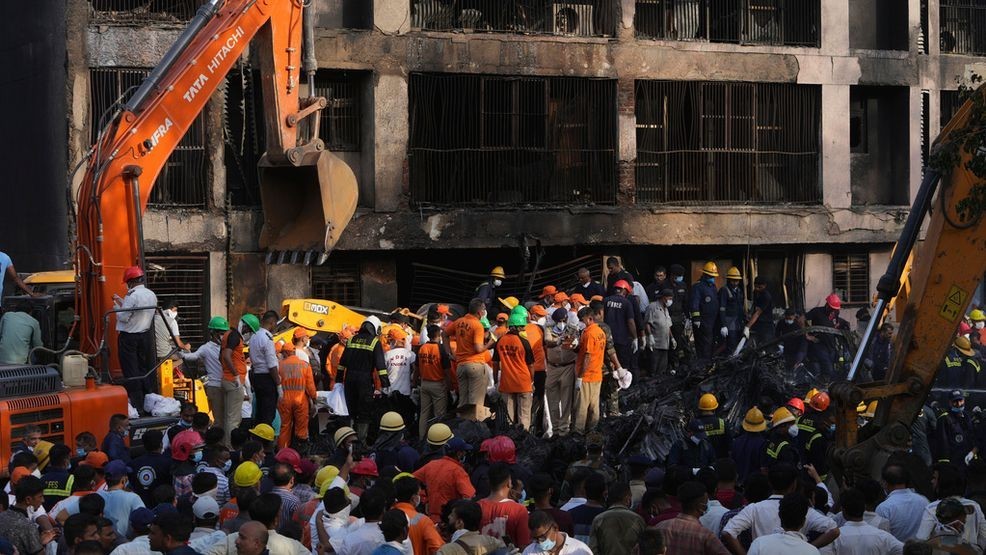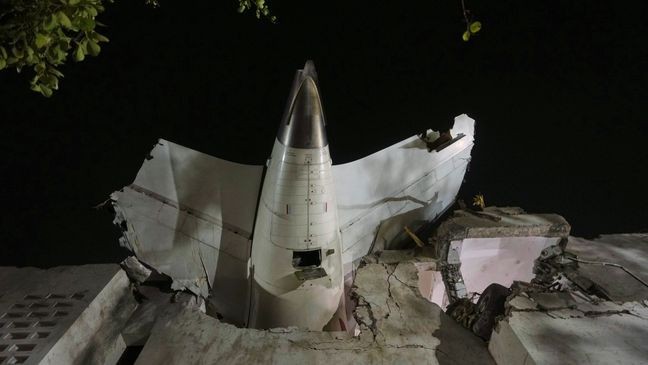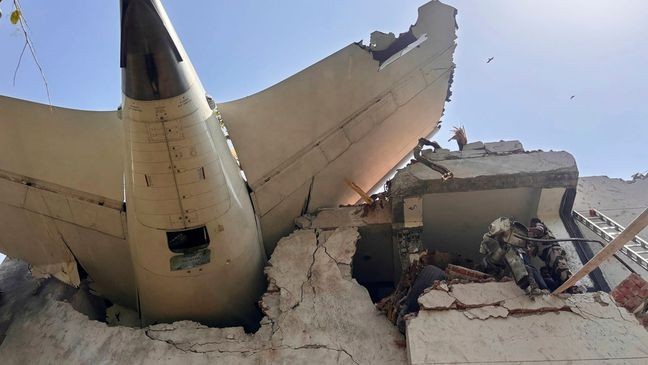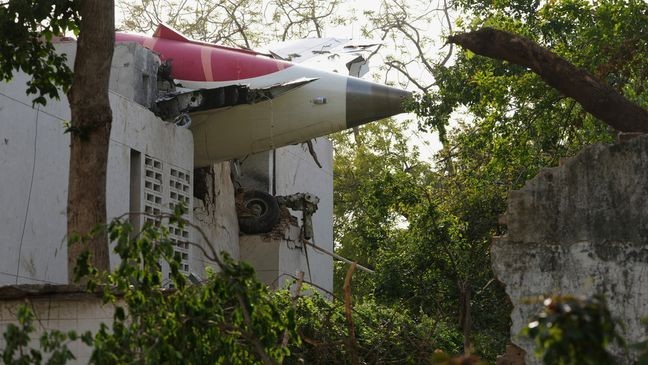Air India crash rekindles whistleblowers safety concerns over Boeing's manufacturing flaws
WASHINGTON (7News) — The skies darkened over Ahmedabad, India, as Air India flight 171 -- a Boeing 787 Dreamliner bound for London -- crashed shortly after takeoff, claiming the lives of more than 240 passengers and crew.
While investigations into the exact cause have just begun, the crash casts a chilling shadow that reaches back to long-ignored warnings from within Boeing itself, re-igniting critical questions about the aerospace giant's manufacturing integrity.
RELATED | Lone survivor and hundreds of bodies received by hospital after Air India crash: doctor
For years, the 7News Iteam has reported on a growing chorus of whistleblowers and experts who have painted a disturbing picture of Boeing's production culture. Last spring, in a highly publicized Senate hearing on Boeing in the wake of the door panel blowout during an Alaska Airlines flight, former Boeing Quality Engineer Sam Salehpour testified to planes being manufactured with gaps in the fuselage.
I literally saw people jumping on pieces of the airplane to get them to align," said Salehpour.
Salehpour went on to detail what he called systemic "shortcuts" in Dreamliner production, alleging that "98.7% of the time the gaps that were supposed to be shimmed, they were not shimmed," raising fears of premature fatigue failure without warning. When he raised these concerns, she says they were met with harassment, threats, and retaliation from within the company.
The Dreamliner had been grounded by the FAA over safety concerns related to its lithium-ion batteries. The FAA issued an emergency airworthiness directive on January 16, 2013, following incidents where the batteries overheated and caused fires. That can lead to what's referred to as "thermal runaway" on an aircraft that, in addition to fire, can cause system failures.
READ MORE | Boeing expected to evade criminal charges in 737 MAX crash, angering victims' families
The Dreamliner crash echoes the catastrophic 737 MAX crashes of 2018 and 2019, which killed 346 people and exposed profound flaws in Boeing's design and certification processes. Ed Pierson, a 737 MAX whistleblower and former Boeing engineer, starkly warned senators last year that:
"Every person stepping aboard a Boeing airplane is at risk. Government authorities ignored Boeing's manufacturing problems until the Alaska accident. Passengers shouldn't have to rely on whistleblowers to provide the truth. "
Joe Jacobsen, a former FAA engineer, further underscored the regulatory failures, stating: "The attitude right now is Boeing dictates to the FAA, tells the FAA what they will do, what they will accept, and that needs to change. The FAA needs to be a regulator. They need to do their job."
Adding to the scrutiny, the Department of Justice had been investigating Boeing, specifically examining whether the January 2024 737 MAX door panel blowout constituted a violation of a 2021 Deferred Prosecution Agreement that allowed Boeing to avoid criminal prosecution for the 2018 and 2019 crashes of two 737 MAX planes. However, in late May of this year, the DOJ filed a motion to dismiss the case against Boeing, scheduled to begin later this month.
SEE ALSO | Boeing CEO faces tough questions on safety, admits 'serious missteps' in Senate hearing
As part of this resolution, Boeing agreed to pay more than $1.1 billion in fines and fees to victims' families. The families, who had collectively been fighting for criminal prosecution of the company, called the settlement "morally repugnant."
Bob Clifford, an attorney representing families of victims from previous Boeing 737 Max crashes, said, "This is a real problem for Boeing, and they need to get to the bottom of it immediately. There are too many eyes on this one."
Despite Boeing's troubled history, Clifford urged caution, saying, "Let’s exercise the sound judgement that at times they haven’t exercised and let’s let the investigators do their job. It won’t take long."
Clifford warned that if the crash is linked to a known system failure, the implications for Boeing could be severe. "If this is a system failure for Boeing, that was known to the degree that they were covering it up, then obviously, this could speak to the decline and maybe ultimate decline of the company," he said.
He also noted that such findings could influence a federal judge reviewing the Department of Justice's agreement with Boeing, which currently protects the company from prosecution. "If there’s information that comes out of that investigation that has an implication on the compliance over the last several years, he may well take that into account in his decision to accept this deal or not," Clifford said. "These are very perilous times for that corporation but also important times for we the traveling public. If we can’t have confidence that we're traveling safely, then there’s something wrong."
The black box, recovered from a rooftop near the crash site, contains crucial data on engine and control settings, which could help investigators determine if there was a loss of engine power or lift after takeoff. This data often allows for a preliminary determination of the likely cause of the crash.




